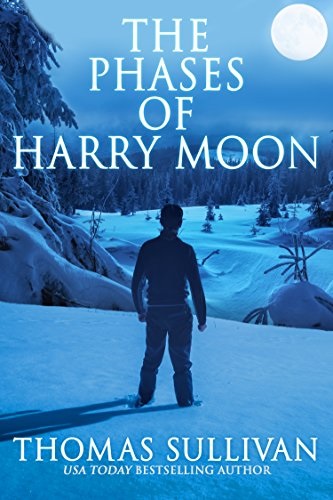Everyone should die young. You know,
like maybe on your 113th birthday. Which is to say, there is no
reason to grow old no matter how long you’ve lived. At least not between your
ears. The mental part of aging is purely an expectation, a self-fulfilling
prophecy, a mandate enforced by conformity. Think young and the mirror will
tell your driver’s license little white lies.
But we are consumed with the
superficial and the superfacial as evidence of growing old. Of course, those
things have their degree of importance. To optimize your health and appearance,
you have choices throughout your life: exercise or a lack thereof, diet,
substances that aren’t really food, little things that keep you active or make
you sedentary. Entropy beckons you to run down like a clock. And the biggest
factors in physical decline are all those “do nots” (donuts – bwahaha) like
booze, smoking, doing drugs. Consume to live rather than live to consume, add
activity, and you max out the physical component. Aging: why rush it?
But let’s go back inside your head. No
need to age at all in there. Kinda dark though. Maybe you should light a match
– the same one that was burning when you felt all that energy growing up. What
happened to it? I’m fascinated by watching people age. Sometimes I look at
films from the silent era, madcap sight gags, people dancing in the roaring
20s, the bee’s knees and oh-that’s-Jake stuff. Then I remember…Jake’s dead. All
those people – gone! Every one of them back to dust. I replay the dancers in Slo-Mo or pause them to study
the profound JOY on their faces. What freed them to gyrate with abandon, tossing
their arms and wiggling their bottoms? Music, yes, but why? How?
What in mere sounds causes us to drop our guard and
unlimber in ways that in any other context would seem deranged or embarrassing?
Is it syncing up with cosmic energy? A pulse then, like a heartbeat or
respiration or brain waves? Or is it the beat and rhythm of sex itself (you’ll
never convince me that dancing isn’t choreographed sex, no matter how disguised
the code or genteel the mating flirtation)? But the music stops, the dance is stilled.
One moment those roaring 20s dancers own the stage, totally unaware of the
sands running out, the hourglass promising permanence in its profligate flow,
and suddenly it is all in the rearview mirror...joy, energy, spark – poof!
Life’s most spendthrift moments are like that.
Sometimes it seems that I’m only watching, never really entering in, wanting to
shout at someone with a similar way of thinking to step outside the frame and de-age
with me. But they rush on, suddenly shocked to find themselves old inside and
out, and I’m left to turn and greet the next generation (Peter Pan, pay up!). Makes
me celebrate all the more my dance upon the stage. So grateful for what I have
and the people who dance with me.
July’s Sullygram brought some
thoughtful response to my pointing out how the vastly varied community of color
gets run through the media and education in a monolithic way. Instead of seeing
Blacks as “people
from all walks of life, all values, all political ideologies, all degrees of
success and a burgeoning middle class, the media-educational complex presents them
as a single disadvantaged group doomed by racism to high crime rates,
educational deficits and broken families.” I wrote that the monolithic image was
being used to incite violence and provide cover for minorities who have immersed themselves in negative cultural
values. I noted that they are being lost to the achievements of mainstream
Black America, and that monolithic
misrepresentation has been used for feminism, sexual orientation, illegal
immigrants and native Americans. Several people wanted me to enlarge on that,
which I’m happy to do here within the constraints of length. Let me use the
native American example to further illustrate what I meant by monolithic
lumping:
I idolized Indian lore as a youngster, as millions
did, and I still do. Baseball teams, commercial logos or anything branded with
Indian attributes drew my loyalty. I went to scout camp and competed to get in
the bunkhouse named for my favorite Indian tribe. But as I grew older, the
narrative changed to where there was only one tribe, a monolithic lump who were
victimized by another tribe – the white man.
Gone were the separate histories of 562 tribes who,
for centuries before they met the white tribe, had known conquest and defeat,
peaceful alliances and broken truces, times of cooperation and times of brutal
treachery between their many different cultures. They warred for territory,
horses, stolen squaws and kidnapped children. Among those nearly 600 tribes,
the most feared, such as Comanches and Apaches, raised torture and terror to an
art still celebrated in chants and songs. But now as I grew up, the 600 became a
monolithic lump of harmonic pacifists and environmentalists overwhelmed by evil
whites and their technology.
Even as a child, I did not like wars, but none of
it lessened my admiration for all peoples. I understood that the clash of
cultures was the perennial struggle in every time and place for survival.
Terrible losses whether from battles or horrific slaughters committed by every
tribe, including whites, is the history of the world for each square-foot of
territory claimed. If we could undo every usurpation between humans, whose map
would we return to? Conquest, whether resulting in genocide, slavery, or establishing
reservations with the option of assimilation, is never pretty.
So, as I grew into an adult, I balked at the
manipulated monolithic portrayal of those 600 cultures. In reality, they were
so many things, good and bad, like all nations. Why were they being portrayed
as a single martyred tribe called native Americans who were ecologically savvy stewards
of the earth living in a harmonious Eden with each other and nature?
To be sure, examples of those virtues were a part
of that diaspora. But gone were the nomadic tribes who followed the herds or
simply moved when their camps became too fouled to live in. Gone were the hunter
tribes who sometimes drove a herd of buffalo over a cliff to harvest a few. Gone
the fierce and merciless warrior rites of passage. Gone, as well, was any
anthropological evidence that the prehistory of migrations across land bridges
included white races, as with the skeleton of Kennewick man, whose remains were
eventually turned over to four tribes through court battles and destroyed or hidden
by the “indigenous” from further study. The all-purpose native American monolithic
replacement was installed, it seems inescapably clear, to shame and blame the
white man. Which is a tragic distraction from real problems of alcoholism, drug
abuse, unemployment, crime, depression and family violence on reservations. The
greatness of those individual tribes is still there in their history, but so is
the victimization mentality that cripples them from within. To use a current
example:
The Washington
Redskins became a trademark to people who were honored by it, adopted it, and
wanted to identify with it. It signified strength, courage, indomitability.
They did not call themselves something clearly derogatory, like “the Ignorant
Savages.” Parse it down to skin color as the sole trait of identity, and you
are still faced with a hard question. Is there something wrong with having a
red skin? A black skin? A yellow skin? A white skin? If red skin is something
to be ashamed of, the racism is in the mind of those who try to hide the
reference and are offended by it. It is their implicit opinion that red skin is
shameful, not the opinion of those who wanted to identify with it.
That is what I meant by monolithic lumping.
Photos below as usual. And I’m celebrating an
outstanding audio release this month of my historical novel CASE WHITE! Check
out Joshua Saxon’s magical voice in this sample on Amazon: https://www.amazon.com/Case-White/dp/B08D1V9V27/ref=tmm_aud_swatch_0?_encoding=UTF8&qid=&sr=
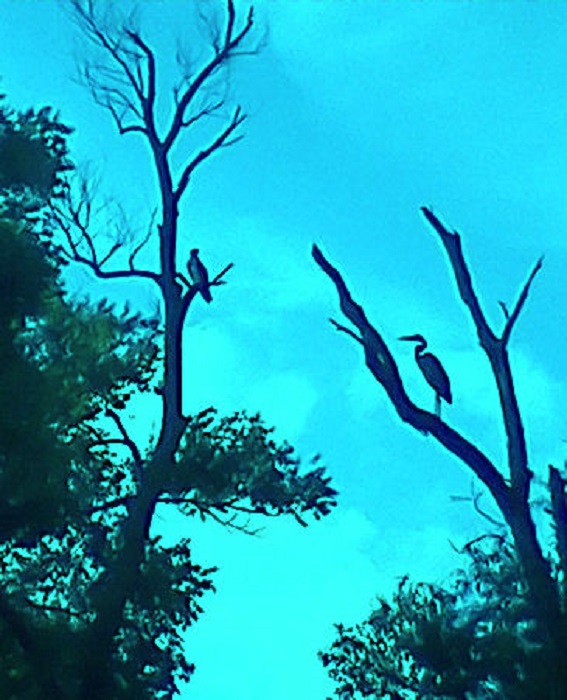

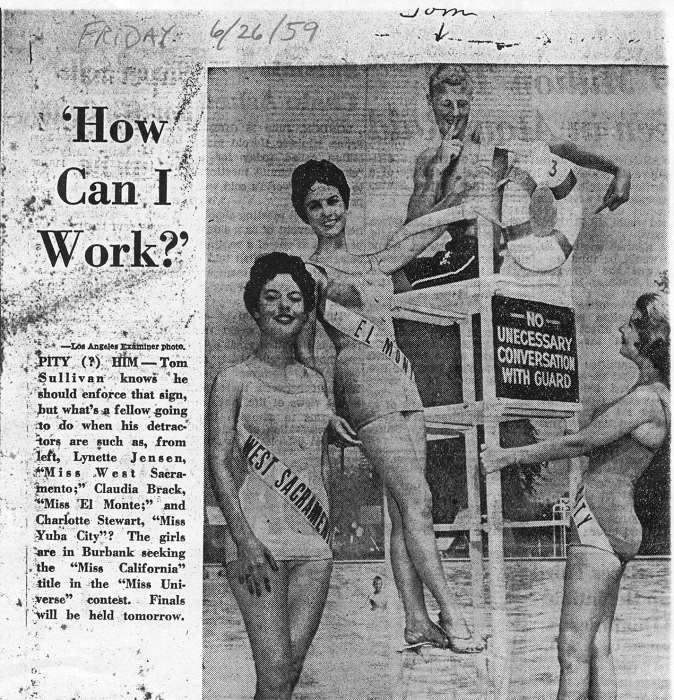

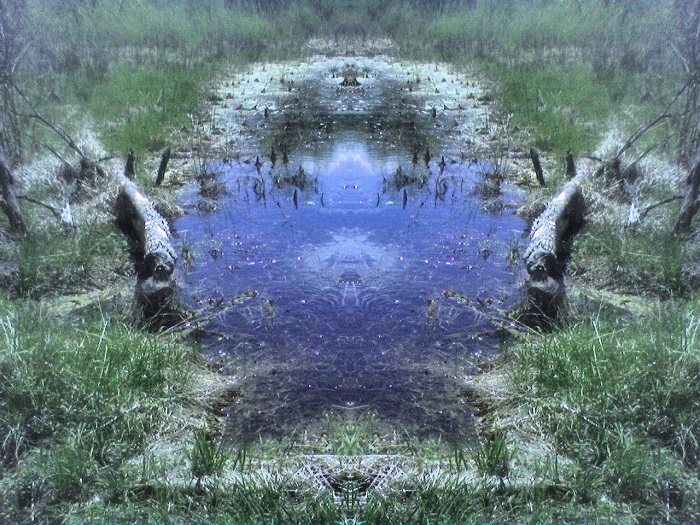






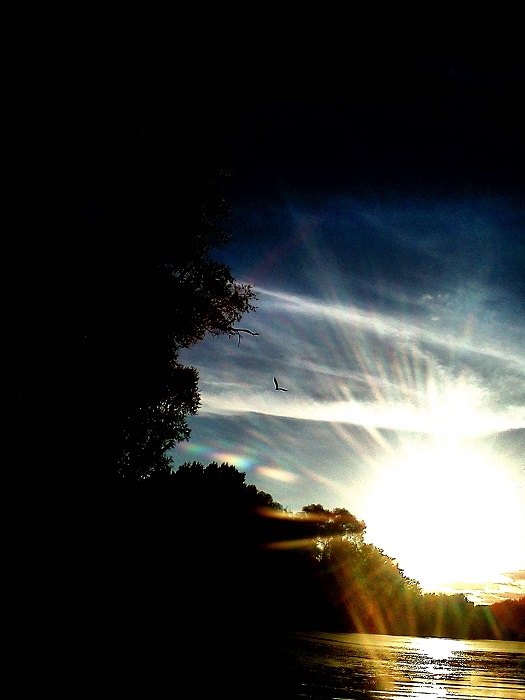
Thomas "Sully" Sullivan
https://www.thomassullivanauthor.com
https://www.facebook.com/thomas.sullivan.395
